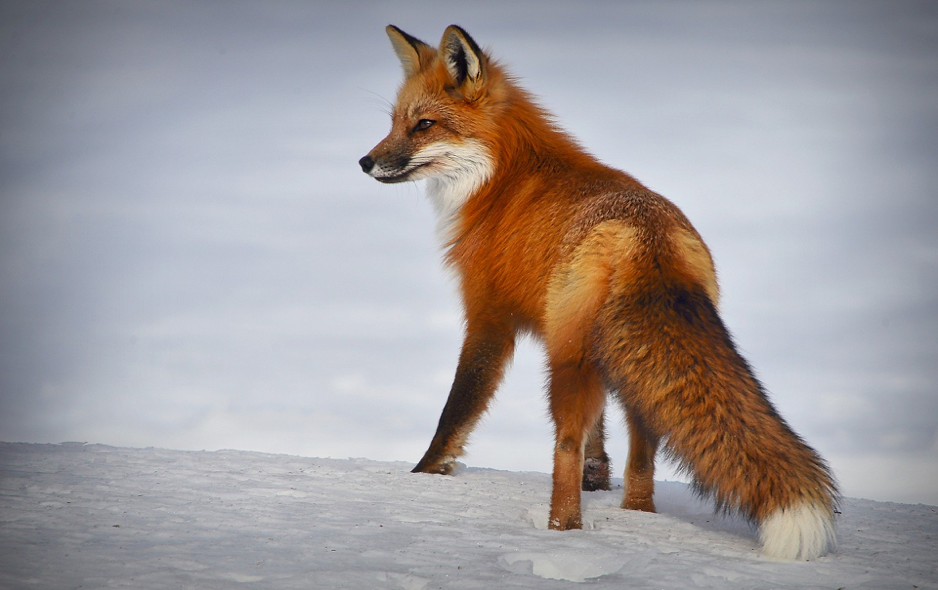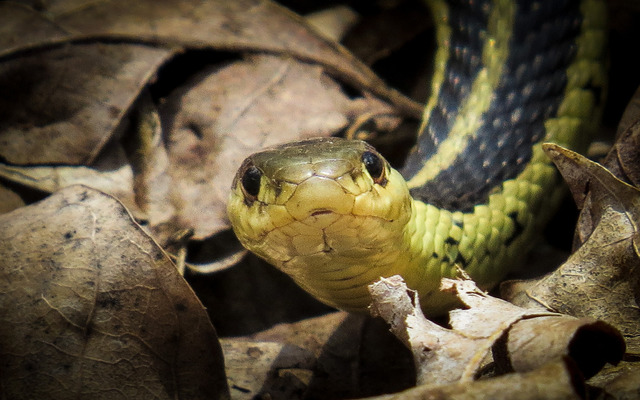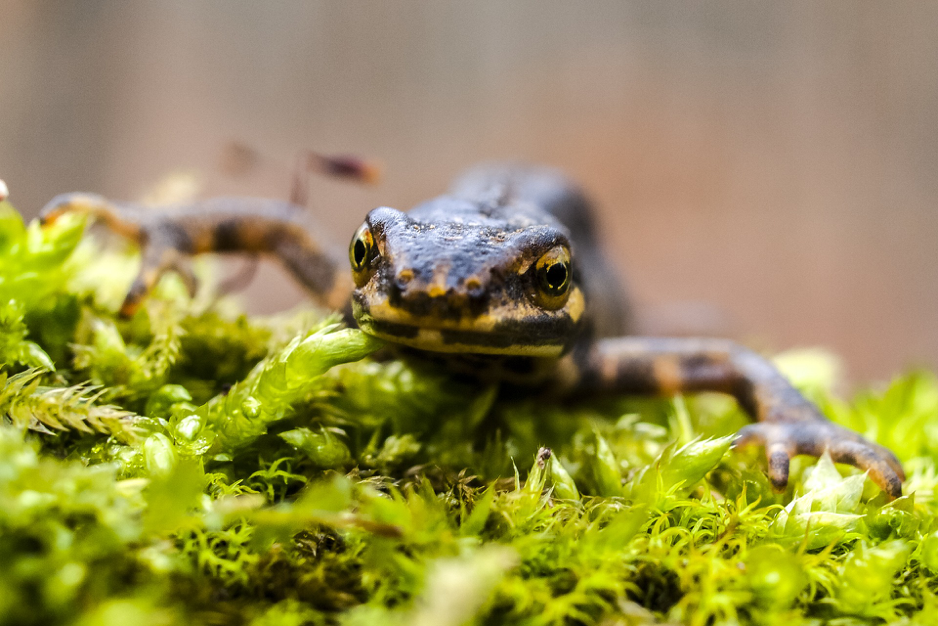By Megan Widdows
Species do not evolve in isolation, but rather in response to an extraordinary range of environmental factors. One of these factors is their relationship with other species in their habitat. Each habitat consists of an intricate web of co-dependent species with different yet linked relationships. Species that hunt, kill and eat other animals are known as predators, whilst the hunted species are known as prey. Often pairs of predators and prey are considered natural enemies, as they constantly compete with one another for their survival.
Natural enemies frequently find ways of evolving to outsmart, and outlive, the other. One method of protection for prey is the production of toxins to deter and kill-off predators. In response, predators can develop resistance to the toxin, ensuring their survival. The cycle continues, with the prey adapting once again to produce more deadly toxins and so on. This process of co-evolution is known as an “evolutionary arms race” – “arms race” alluding to the process by which multiple countries continuously grow their military armament to gain superiority over one-another. The end result is that natural enemies are often closely matched in their ability to kill and avoid being killed by their enemy. This is known as matched weaponry.

Different geographical locations often have different levels of matched weaponry as the evolutionary arms race may take different courses depending on location and period of time.
An example of a pair of natural enemies is the common garter snake and the rough skinned newt, which are found together in western parts of the USA. The newts produce a deadly neurotoxin called tetrodotoxin (TTX) and, in response, the snakes have evolved a resistance mechanism through a mutation that disrupts the binding of the toxin to their cells. The level of resistance in the snakes is closely matched to the toxicity of TTX in newts in different locations across the USA, creating what is known as a geographical mosaic. This mosaic is used as evidence to support the theory of local co-evolution between populations in the evolutionary arms race.

However, co-evolution is just one way of creating variation between members of a species in different geographical locations. Other factors that could be influential include the local environmental conditions and historical biogeography. A recent study from a group of American universities set out to determine what role, if any, these factors have on the development of matched weaponry.
First, they found that there was a clear link between the levels of TTX toxicity and resistance present in snakes, which supports the theory of co-evolution. There were clear geographic patterns where areas of high TTX toxicity saw high levels of resistance and, conversely, areas with low TTX toxicity saw low levels of resistance.
All geographical variation in resistance could be predicted by the level of newt toxicity, firmly suggesting that the evolution of resistance in snakes is driven by their evolutionary arms race with the newts.

In contrast, the researchers found that variation in newt TTX toxicity was more closed linked to theirpopulation genetic structure and their environmental conditions. In other words, variation in newt toxicity had not arisen simply as a result of the co-evolutionary arms race.
Population genetic structure refers to the total genetic diversity and abundance of different genes in a population. Unlike resistance in snakes, which is conferred by a single mutation, the production of toxins requires a complex biochemical pathway, that is coded for by a number of different genes. This could explain the increased importance of population structure in the evolution of toxicity, as changes to a number of different genes may be required to induce changes in TTX production.
Additionally, one particularly important environmental factor could be the availability of TTX precursor molecules, which are effectively the ingredient that newts need to produce TTX. These are generally obtained from food or produced by helpful, symbiotic bacteria. The variability in the availability of these precursors in different geographical areas could be a major reason behind the regional variation in TTX toxicity.
Despite these findings, it is important to note that the co-evolution is still thought to play an important a part of newt adaptation towards matched weaponry. This is especially the case in areas where snakes have evolved high levels of resistance. Here, arms race co-evolution is likely still present, driving the newts to evolve further toxicity to ensure their survival.
These findings show that co-evolution is not fully responsible for the variation in newt toxicity. Instead, there are a number of genetic and environmental factors also at play. This challenges our previous assumptions that matched weaponry could only arise as a result of an intense co-evolutionary battle between predator and prey. The revelation that other previously unexplored factors can influence the evolution of matched weaponry is an important finding, furthering our understanding of predator-prey interactions.
The study mentioned in this article can be found here. A glossary of terms can be found below.
Tell us what you think about this blog…
We are trying to understand who reads our blogs and why, to help us improve their content.
By completing this survey, you agree that you are over the age of 18 and that your responses can be used in research at the University of Sheffield to evaluate the effect of blogging in science communication.
Glossary
Co-evolution – the evolution of at least two species, which occurs in a mutually dependent manner. The most common type is predator-prey co-evolution where each species must evolve to outsmart the other to ensure their survival.
Evolutionary arms race – the ongoing struggle between competing species to develop adaptations and counter-adaptations to out compete the other
Matched weaponry – the result of co-evolution between predators and prey, where both predator and prey have comparable levels of defence or attack mechanisms.
Natural enemies – species that constantly compete with one-another for their survival
Population genetic structure – any patterns in the genetic makeup of individuals within a population. This allows the genetic makeup of an individual to be assumed based on knowledge from other members of the same population.
Predator – an animal that hunts, kills and eats other animals for food
Prey – an animal that is hunted or eaten by other animals
